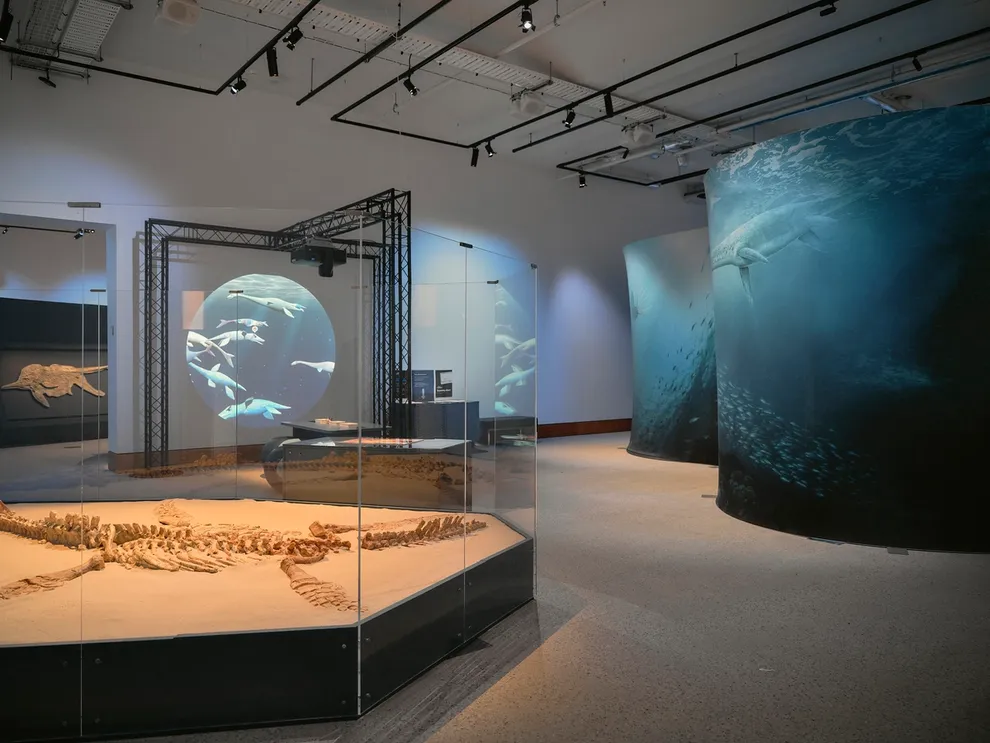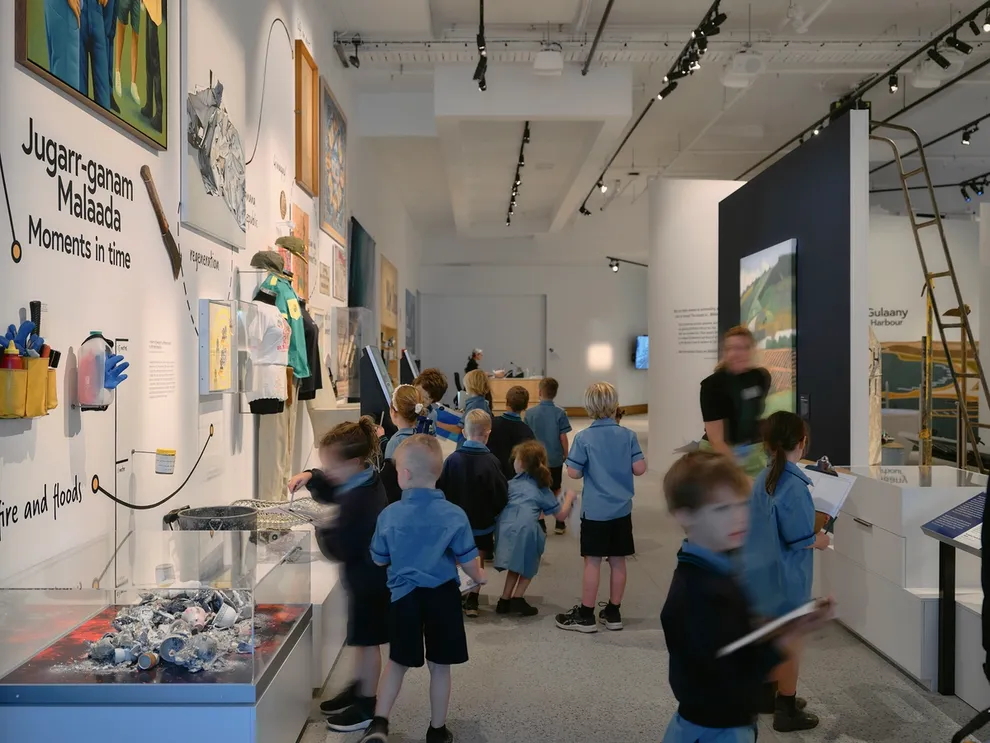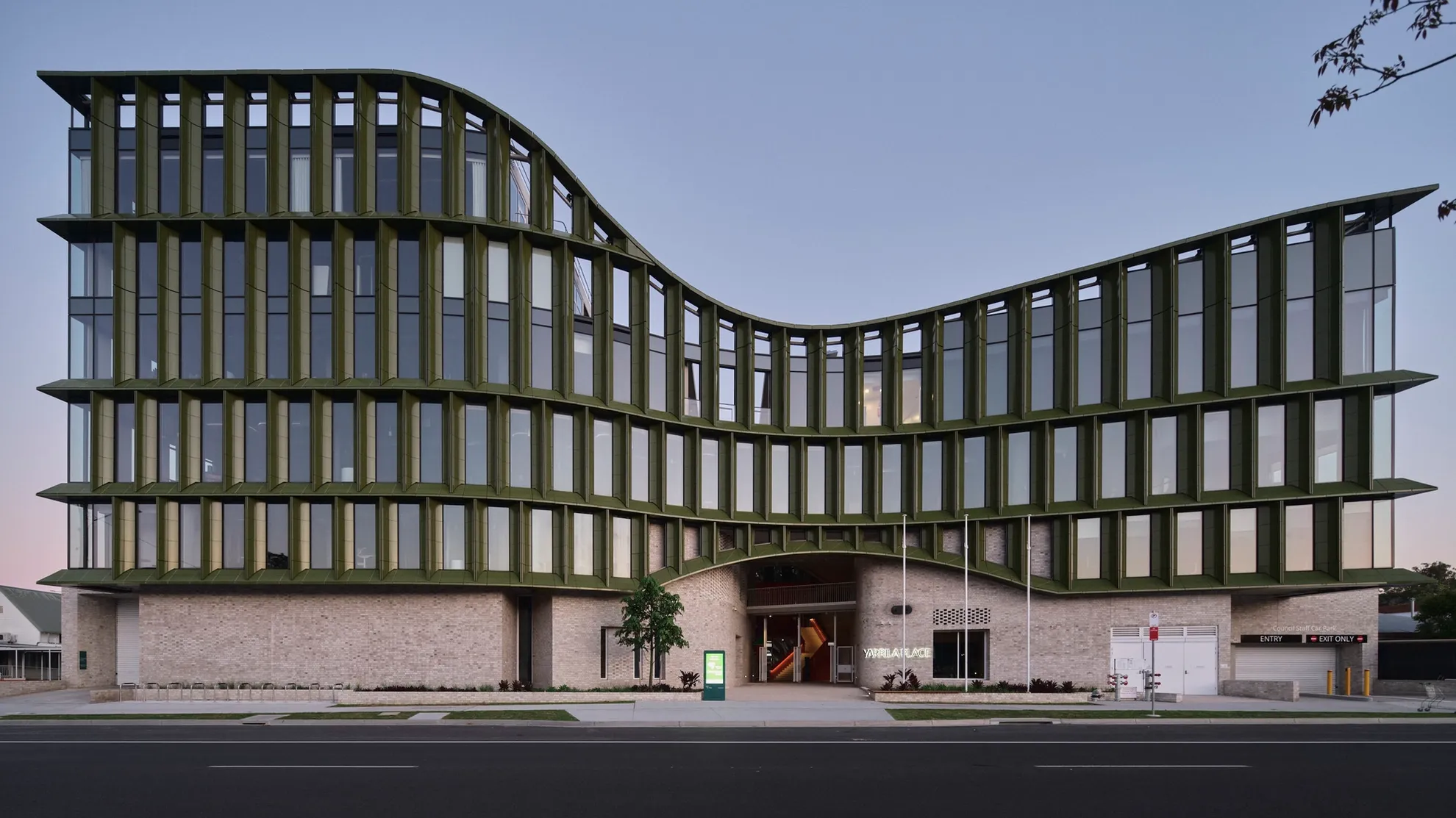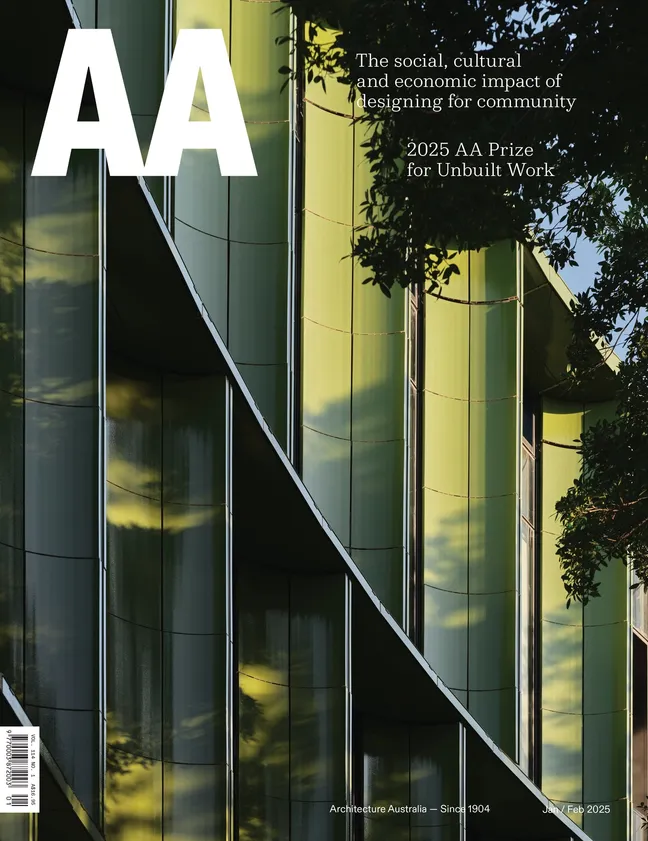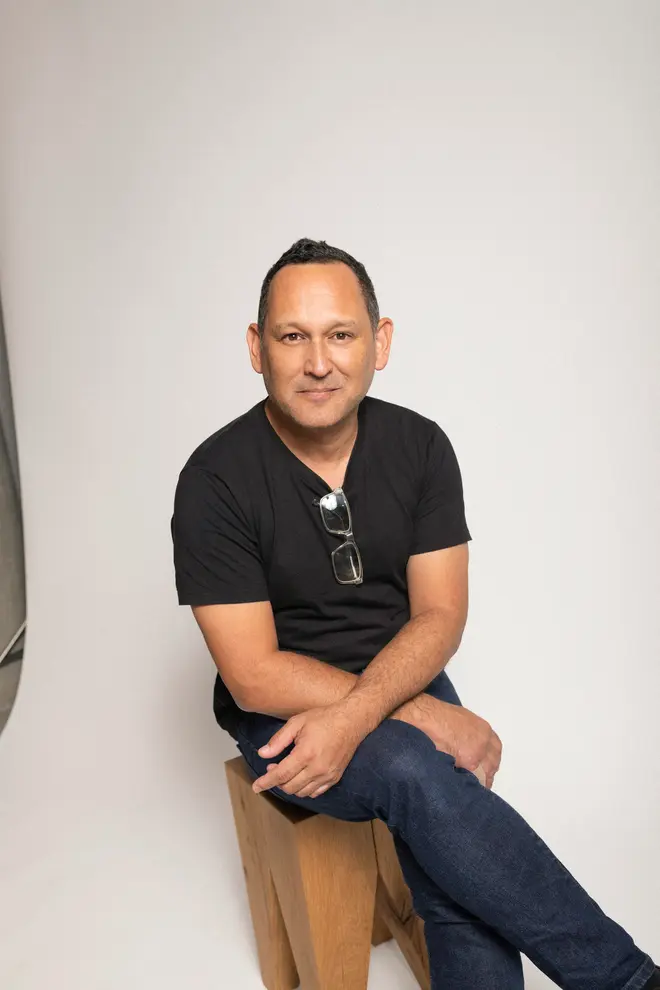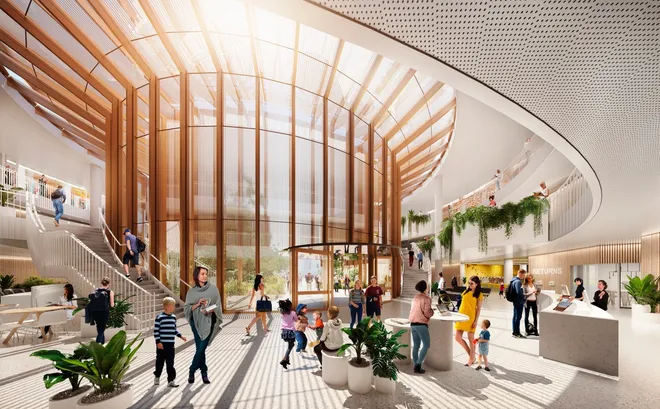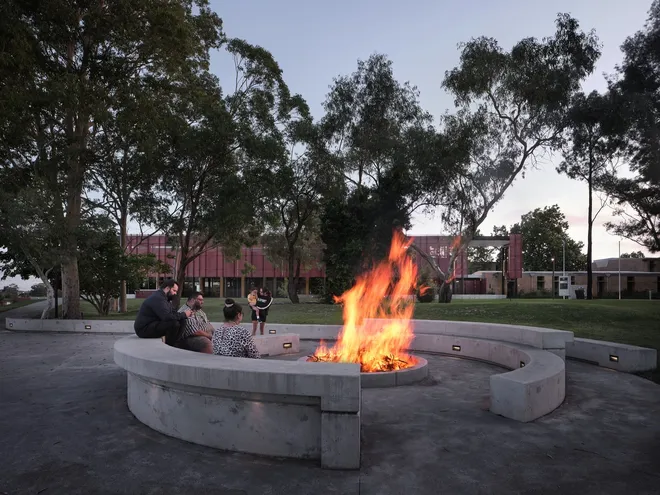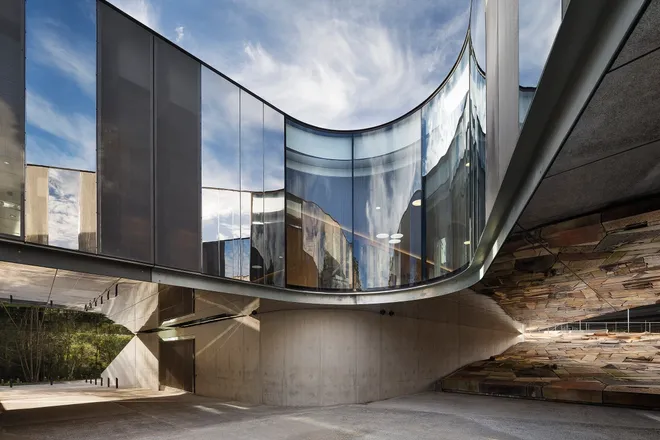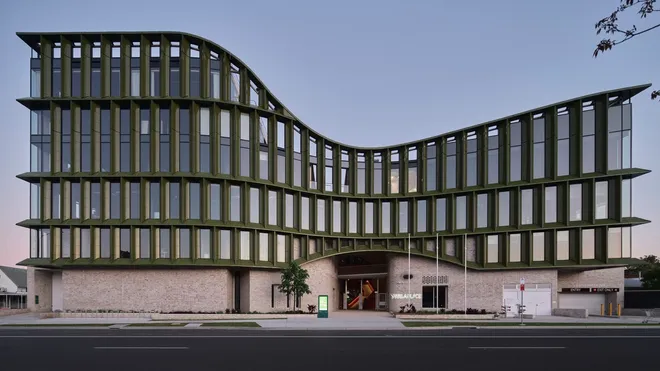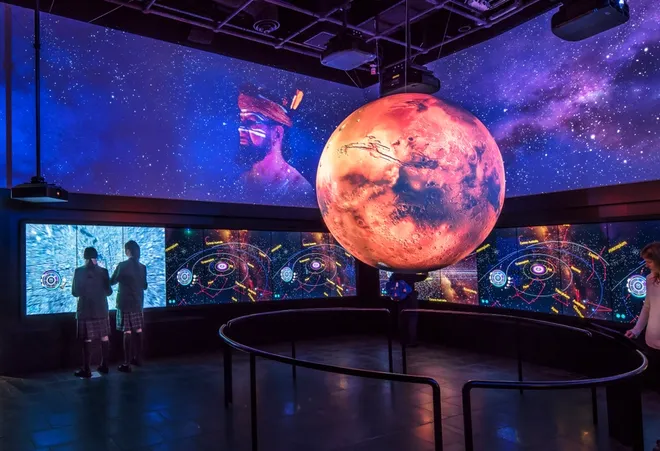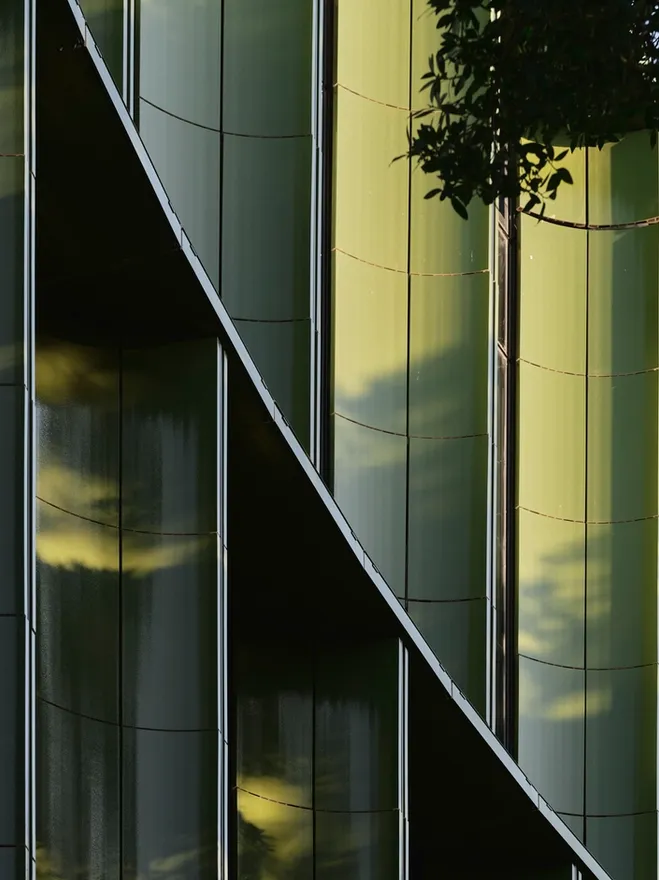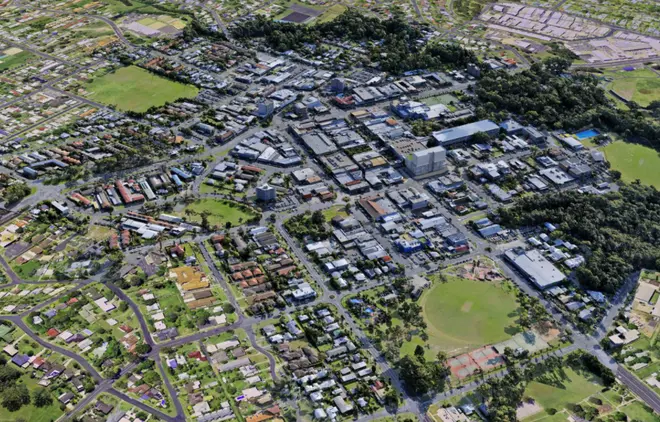BVN Stories, Media Stories, News — January 28, 2025
AA's cover story: Inside Yarrila Place
Architecture as community beacon: Yarrila Place in Coffs Harbour leads the narrative for Architecture Australia’s Jan-Feb 2025 edition with a focus on the social, cultural and economic impact of optimistically designing with and for community.

Designed for the City of Coffs Harbour and led by Principals Matthew Blair
Standing where the mountains meet the sea in northern NSW on Gumbaynggirr traditional lands, the distinctive building with a green-glazed ceramic façade brings together many of the local Council’s public facilities into one central location, re-energising the local CBD. Yarrila Place’s mix of uses helps to unite community, council and connection to Country.
As AA editors Georgia Birks and Katelin Butler note, “Yarrila Place by BVN... is a direct outcome of ongoing consultation with respected local Elders, recognised knowledge holders and various community groups of Coffs Harbour. The result is a civic building with references to culturally significant sites that are not instantly obvious but which make layered and meaningful contributions to the design and ensure all visitors feel welcome.”
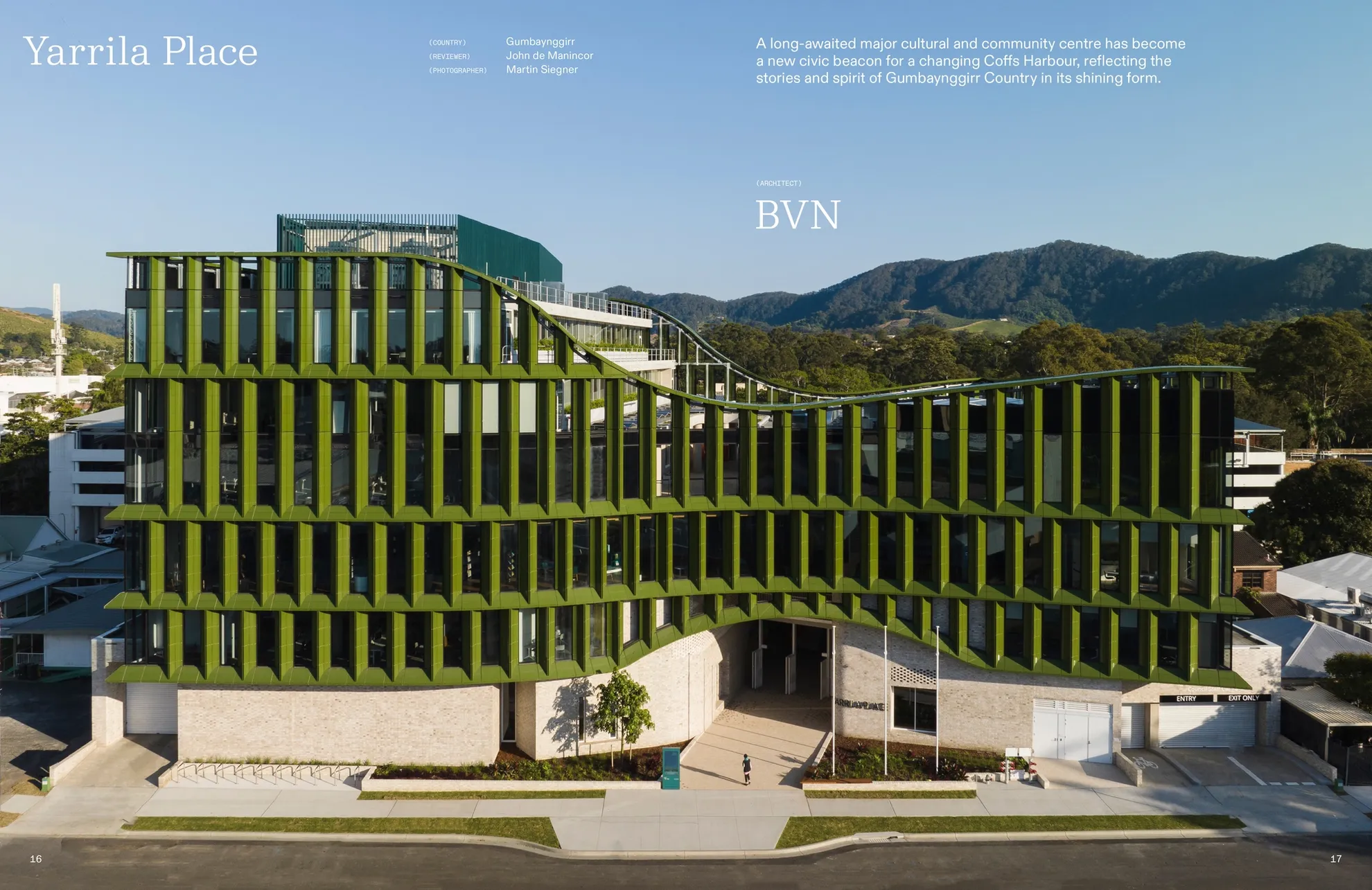
In fact, ‘All Welcome’ was the working title for the project. Coined by BVN and formed during the extensive engagement process, it served as mantra and mandate to create ‘one place for everyone’.
Raised in Coffs Harbour, lead architect Matthew Blair brought a deep understanding and personal connection to the project.


Yarrila Place was designed with a spirit of great optimism, with the community at its heart, inspired by the people and place that make Coffs Harbour so vibrant and richly layered. It will evolve over time, continually helping and reflecting the diversity and energy of the community.
Matthew Blair – Principal

Colleague Kevin O’Brien connected it with the unique Indigenous history and people local to the area through an extensive Designing with Country
“The generosity in the Coffs Harbour community to embrace and acknowledge its Aboriginal, colonial and multi-cultural origins, meant that it was possible for the architecture to demonstrate a collective creativity. At the project’s centre is a ‘track’ that reaches upwards into a light filled atrium. What better way to present an authentic civic space that unites a culturally rich and diverse community,” notes Kevin.

For AA’s writer, John de Manincor, ‘moving through the atrium feels akin to being in a deep rainforest or gorge’ where ground and lower floor spaces ‘offer respite from direct sunlight, with brighter light above and beyond offering cues of how to move through them’. An experience befitting the name Yarrila, a Gumbaynggirr word meaning ‘illuminate, brighten, light up or illustrate’.
